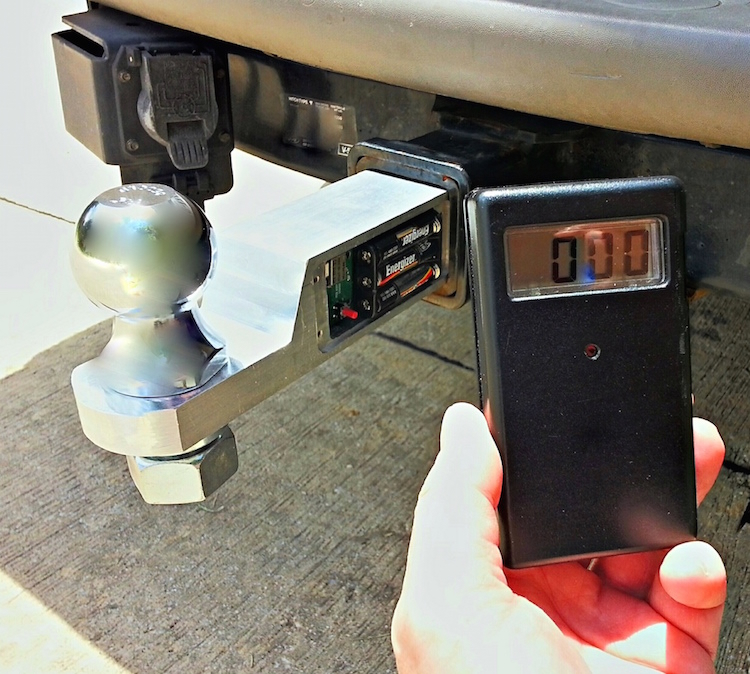Table of Content
If you don’t have a way of propagating young seedlings, you can directly sow seeds so they germinate in the system. Clean the reservoir and replace it with fresh water every days. The system can be quite heavy when full, so make sure you decide where your container will live before filling it up! Fill it almost full with water, leaving 1-2cm of space at the top. Plug the pump into an automatic timer that runs every 2-3 hours if you don’t want the pump constantly running. The size of the hole may depend on how thick your tubing is.

Use store-bought purified water in your container if you have hard tap water. Cut a piece of twine with a pair of scissors so it’s about 12 in long. Feed the end of the twine through the top of the bottle cap until you have about 6 in on each side. Once the twine is through the cap, screw it back onto the bottle.
Maintaining the plant’s growth cycle:
A 30” by 20” tank will have a Styrofoam measuring 29 ¾” by 19 ¾” inches. Still, descaling will remove any mineral deposits that may be clinging to your brewer's internal components. This in turn ensures your coffee maker brews its optimally designed temperature. You may also want to use a paper clip to clear any debris from inside the brewer exit needle. Be advised that Keurig recommends you clean the pod holder every week. The dirtiest section of my test Keurig K-Classic brewer was its pod holder.

You can start by creating trace lines that matches the bottom part of the net pots. To clear everything out, run a daily water only brew cycle through the machine. Make sure there's enough water in the reservoir and that the pod chamber is empty. You can run any cup size cycle you like, as long as the mug you're brewing into is large enough to accept the liquid. Keeping your Keurig machine's brewing system clean is critical. Dirty hardware can lead to unwanted flavors carrying over from the last brew.
Connect Wicks to the Growing Tray
You can also use vermiculite or peat moss instead of coco fiber. Empty, clean, and refill your hydroponic nutrient reservoir every two weeks. Fill the water reservoir with filtered—not tap—water.
I’m an expert in hydroponics, container gardening, and lawn care. I started FancyGardening as a platform where I can share informative, interactive, and thought-provoking gardening-related articles to all gardening enthusiasts. I also provide honest, unbiased reviews on a wide range of home garden tools and equipment. You can grow plants without dirt in your home with the help of this hydroponic system.
How to Build a Functional Hydroponic System
PEX A is an extremely flexible material, making it easier to bend radially than PEX B, as well as an extremely cold material, which can withstand up to 500 F. PEX A’s expansive material can withstand up to 500 F, so it can Due to the rigidity of PEX B, it is less effective in the same situation. A PEX A should be used in conjunction with a warranty policy that is more stringent than one offered by a competitor. For this, you can use seedlings that have been grown in soil or rockwool plugs. A hydroponics system that uses recycled water to help plants grow.
Plug in the air pump and place the air stone in the reservoir. Next you need to add your hydroponic nutrients to the water, following the instructions on your bottle. Mine advised me to add 2ml per litre of each A and B nutrients; using a measuring cup I added 110ml of each into my 55l container.
Frame Build Instructions
The essential elements in designing an energy efficiency system are pumping, aeration, filtering, and space optimization. Solid media-based systems use a variety of inert materials to give the plants the means to support themselves. Water-only based systems use mechanical means to support the plant. Some of the more common types of systems that use mechanical support include Nutrient Film Technique or NFT, Ebb and Flow benches and trays, and Raft or Floating systems.

Among the best plants to begin with for your hydroponics at home are kale, spinach, lettuce, Swiss chard, and herbs like basil, parsley, mint, oregano, and cilantro. You can also try fruiting plants, including strawberries, hot peppers, and tomatoes. To crimp PEX fittings (ASTM-F1807), copper crimp rings or SS pinch clamps should be used. The only place you can get these products is with us, as Boshart Industries is the first to market with Stainless Steel. It is necessary to use a special tool to connect push-fit fittings.
PEX-B is the best choice if you’re looking for a more durable pipe. The most common type of pipe, in addition to being the most common, so you’re likely to find more fitting and supplies compatible with it. Cross-linked polyethylene pipes, also known as PEX, are widely used in residential water lines. These heat exchangers can also be used to transport chemicals, heat and cooling systems, and sewage. For more than 50 years, PEX tubing has been tested for its durability and flexibility. It is not recommended for outdoor use unless buried or protected with insulation such as PEX piping.

There is no definitive answer to this question since it depends on the specific needs of your project. PEX A is more flexible and resistant to freezing, while PEX B is more durable and heat resistant. Ultimately, the best choice for your project depends on the conditions in which it will be installed and used. PEX-A, which has the most flexible tubing and the best freeze- and kink resistance, is ideal for use in kitchen and bath fixtures. PEX-B is less flexible and less resistant to freeze-thaw than PEX-A.
It is produced by cross-linking electronic radiations, which are also known as cold radiations. Steel PEX supports must be used wherever tubing makes a 90-degree turn. It is never a good idea to use PEX fittings on concrete slabs, unless they are required to repair leaks. You will also need to make sure that the water level does not drop too much, or you could risk endangering the health of your plants. If you find yourself using a wider container, it is also important to consider the number of holes you will need and their placement on the lid. It is also important to obtain a container that is opaque, as you do not want any sunlight to penetrate the water.

This will allow the air tube to run into the reservoir. Use a rectangular or a cube reservoir for ease of operations. At this point, you can decide to take a tape measure, spray paint and label the tank vertically from the top to the bottom. This will help you easily monitor the nutrient levels from time to time when you start using the system. A simple hydroponic drip system can be very flexible, easy to build, and helpful for beginners unacquainted with a hydroponics system. Space is never a matter of worry in case of hydroponic systems either indoors or outdoors.
Opt for leafy greens or herbs when planting seeds instead of larger plants. The air stone should either reach the bottom of the tank or be submerged so as to allow faster movement of oxygen bubbles to every corner. The Styrofoam will fit nicely while creating enough space to move up and down when the water solution levels changes. This step involves determining the exact length and width of our reservoir tank. It’s thorough this measurements that we shall be able to determine the size of Styrofoam that we shall cut.
Set the growing medium in the tray, containing a seedling, above the water reservoir. Use a medium that won't drain too fast and will utilize the capillary action of the wick most effectively, such as vermiculite,perlite, and soilless mixes. This will ensure the plants get the nutrients they need as they grow in the hydroponic garden. Hydroponic gardens can be grown outdoors in warm climates, especially climates that tend to get year-round sunlight. If you are growing the garden indoors, you will need grow lights.

No comments:
Post a Comment